Our Services
More Services
SYDNEY CBD

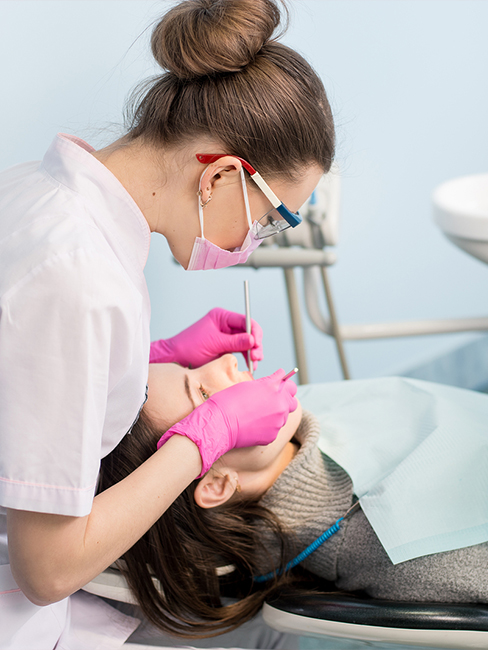
Blood in the sink, pain in your teeth. It might sound like the start of a bad rap song, but these are the first warning signs of gum disease. If you’re seeing these symptoms though, don’t panic! Things probably aren’t serious enough to need gum disease treatment just yet. For now, it’s time to properly understand what you’re dealing with, and learn how you can treat your symptoms.

Generally, gum disease starts as a mild infection of the gums, a problem known as gingivitis, and can develop as a result of poor nutrition, poor dental hygiene, smoking, pregnancy and puberty, stress, medication side effects and other diseases.
At first, plaque and bacteria build up on your teeth and then infect your gums, causing what’s known as gingivitis.
But don’t worry. This is fairly common in those who don’t practice proper oral hygiene and nothing to panic about. It’s completely treatable at this stage and can be treated with proper dental care and deep cleaning.
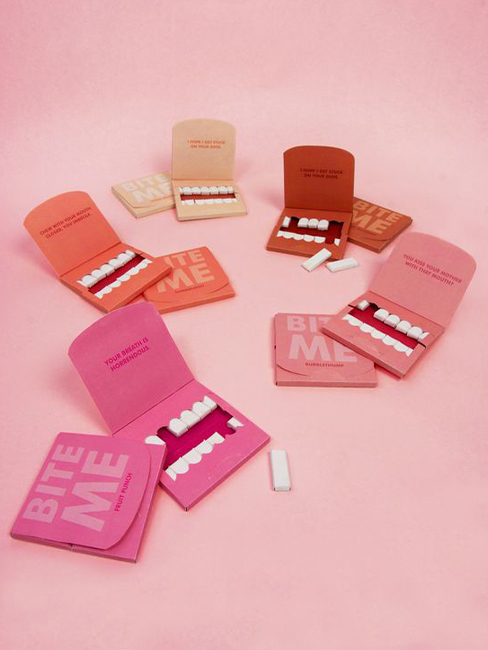
However, if left alone for too long, gingivitis can develop into what is known as periodontitis, a more serious form of gum disease that infects the bone.
What is Periodontitis? Periodontitis rots your bone through, destroying your teeth in the process, and can have irreversible effects on the gums and bones. Depending on the progression of gum disease you’ll see different symptoms, with some being more serious than others. Note, it’s important to keep in mind that these are just indicators of gum disease, and many of these aren’t necessarily a sure sign you’ve got gum disease. Therefore, always check with a professional before self-diagnosing. The National Institute of Dental and Craniofacial Research (NIDCR) assures that this condition is reversible with daily brushing and flossing, as well as a professional cleaning with your dentist.
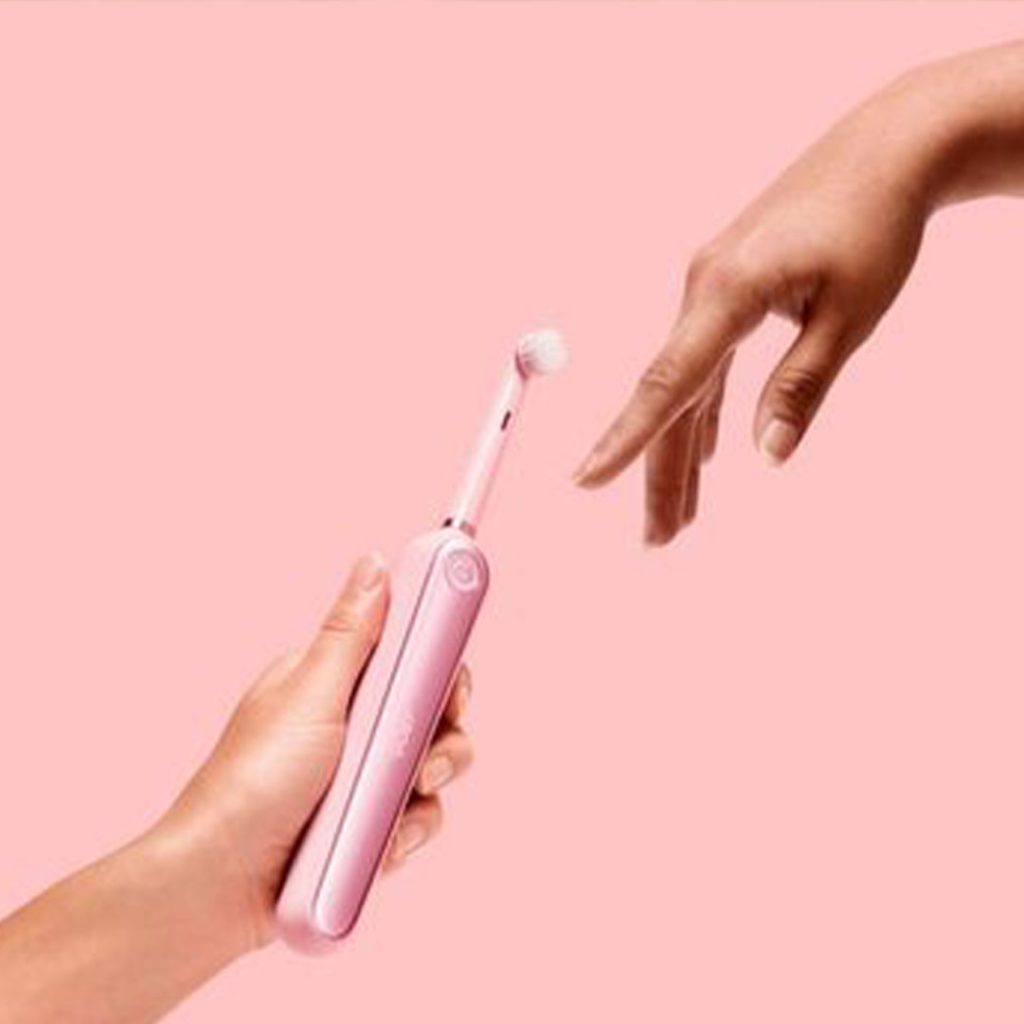
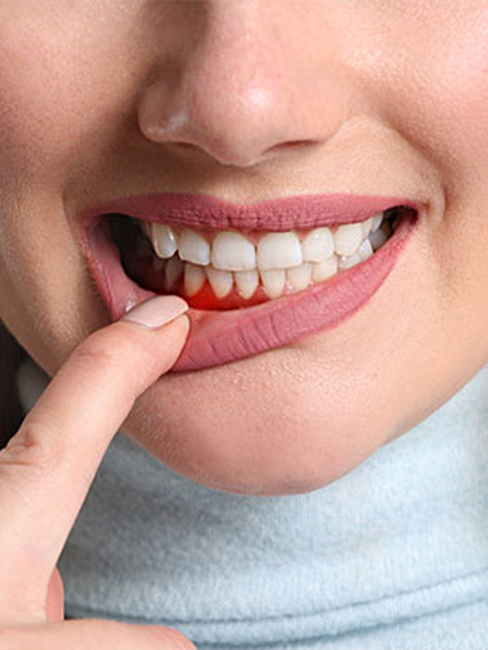
While gum disease is definitely cause for concern, it’s important to remember that all but the worst cases are treatable and reversible. Depending on how early you detect it, treatment can be as simple as getting professional deep teeth cleaning. If more serious, there are several different treatment options available.
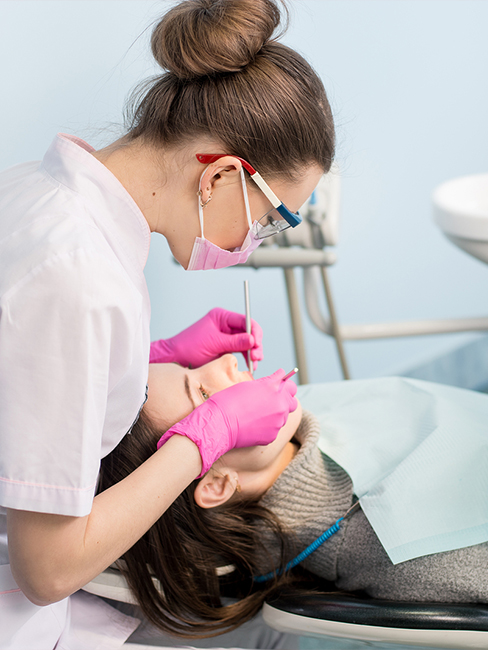
Pocket Reduction (Flap Surgery) involves folding back your gum tissue to remove infection and smooth down damaged bone to properly reattach your gums and allow them to heal correctly.
Gum Grafts are used to cover receding gums with gum tissue taken from other parts of your mouth. This can help to prevent further degradation after the infection has been removed and can also reduce sensitivity.
Cosmetic Dentistry may be recommended by your dentist if serious damage has been done to your teeth or gums. Gum contouring or veneers may be suggested as options to restore your teeth’s cosmetic appearance.


If you can’t see a dentist immediately, there are a few things you can do to limit the damage done and potentially put you on the road to recovery. We recommend brushing your teeth gently with a soft-bristle toothbrush twice a day, which will clear away excess plaque and limit the progress of infection. Make sure to avoid brushing the infected areas, as this will only make things worse!
A saltwater rinse may also help to reduce gum inflammation and ease the pain. Mix 1/2 to 3/4 of a teaspoon into a glass of warm water and swish it around your mouth for 30 seconds, then spit it out. You can repeat this 2-3 times a day if needed.

Gum disease can affect people at any stage in life. It’s incredibly common and easily treatable as long as it’s detected early enough. If you’re worried about developing gum disease, focus on maintaining good oral health through regular teeth brushing, flossing and eating a healthy, balanced diet!
Noticing signs that you might be developing gingivitis or periodontal gum disease? Book in an appointment for a check-up with your local dentist to make sure. If you’re looking for more information on gum disease treatment or other dental health issues, call and talk to our dentists today.

Broken Tooth? Find out how Dental Implant‘s got your back.
Crooked Teeth? With Invisalign® you can smile with confidence within months.
What’s is Porcelain Veneers? It is where Artistry meets Functionality.

Dr. Manish Shah is a cosmetic dentist with a special interest in porcelain veneers, dental implants and Invisalign in Sydney. He is also a medical doctor with an expertise in sleep & craniofacial pain medicine practising at Smile Concepts.